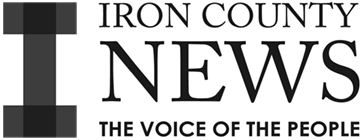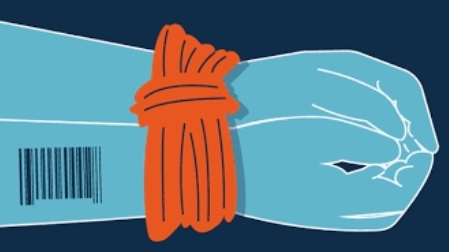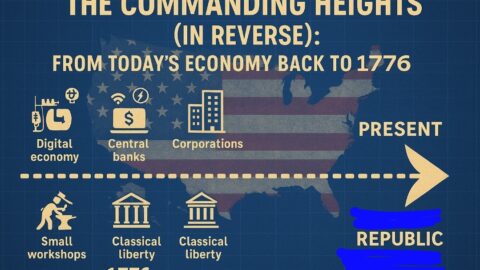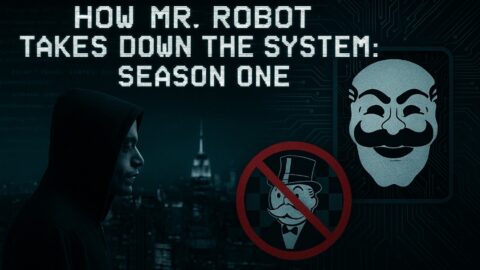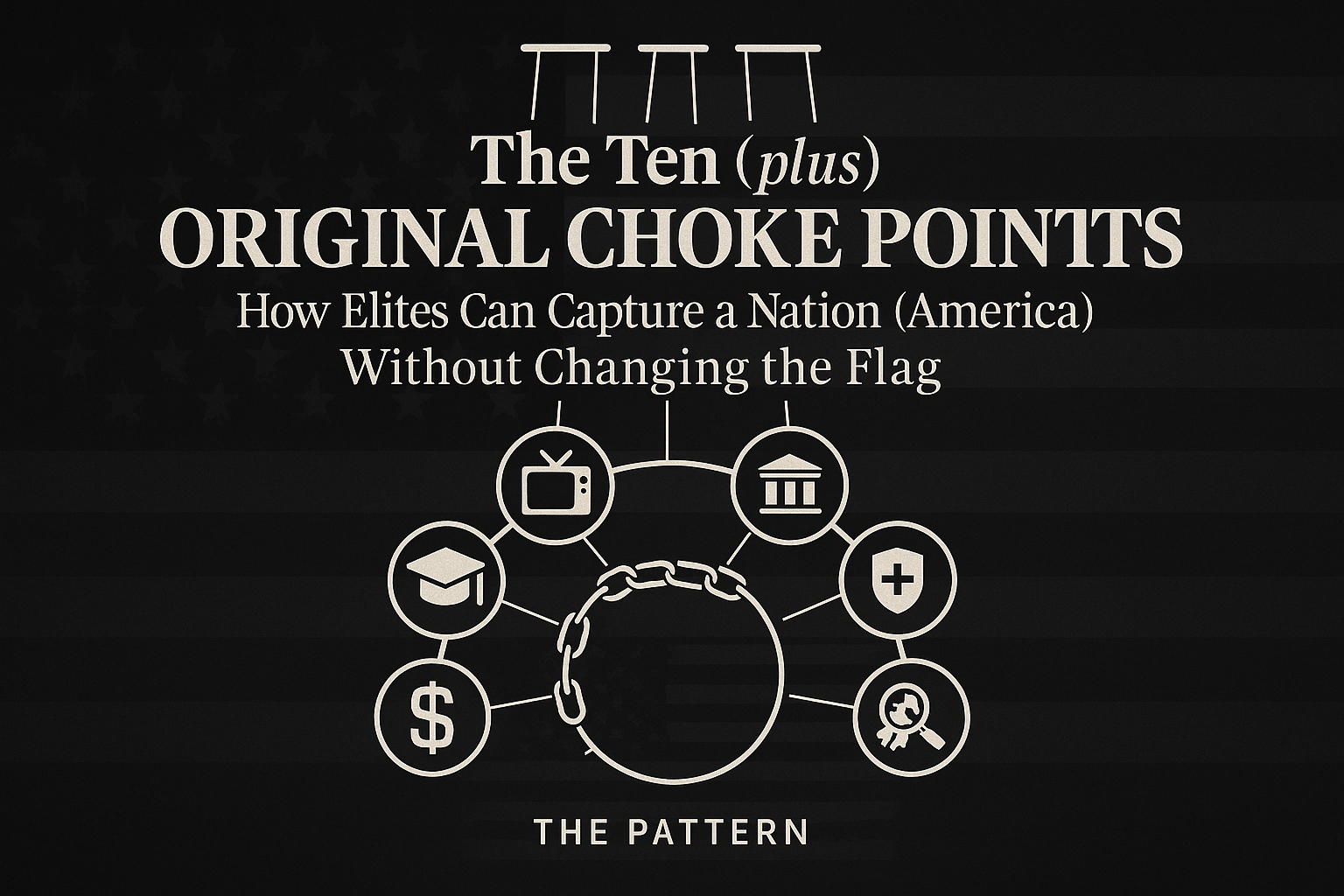The Invisible Chains of Modern Slavery
While traditional slavery was abolished, the fundamental power structures that enabled it have transformed into more sophisticated and invisible forms of control. The modern world operates under a system of economic, digital, and psychological bondage that limits individual autonomy while strengthening corporate and governmental authority. These chains, though not made of iron, are just as restrictive—perhaps even more so—because they are harder to recognize and resist.
One of the most effective tools of modern enslavement is debt-based financial control. Through central banking, fiat currency, and inflationary policies, individuals are trapped in an endless cycle of work and consumption. The Federal Reserve and global financial institutions manipulate currency values, interest rates, and economic conditions in ways that disproportionately benefit corporations and the ultra-wealthy while keeping the average person financially dependent. Homeownership, education, and healthcare—once seen as paths to security—have become mechanisms of control through mortgages, student loans, and medical debt, ensuring that most people spend their entire lives working to pay off obligations they can never truly escape.
Beyond economic chains, digital surveillance and artificial intelligence have created a world where privacy is nearly nonexistent. Every transaction, conversation, and movement is monitored by Big Tech corporations and government agencies, giving them unprecedented control over human behavior. Social media algorithms manipulate emotions and thoughts, keeping people distracted, divided, and pacified while predictive analytics determine everything from job opportunities to law enforcement actions. As Central Bank Digital Currencies (CBDCs) and social credit systems continue to gain traction, financial freedom will be further eroded, allowing governments and corporations to punish dissent and enforce compliance through digital means.
Even the nature of work itself has changed to serve corporate interests at the expense of individual freedom. While physical slavery forced people to labor under the threat of violence, modern wage slavery relies on economic coercion—people must work just to afford basic necessities, and job automation threatens to eliminate employment altogether. The gig economy, outsourcing, and AI-driven job displacement have created a world where job security is a thing of the past, leaving workers in a state of permanent uncertainty and dependence on corporate welfare or government assistance. Instead of whips and chains, modern workers are bound by contracts, algorithms, and financial obligations that keep them exhausted, obedient, and too busy to question the system.
Perhaps the most sinister aspect of modern enslavement is the psychological and ideological conditioning that ensures people remain unaware of their own oppression. From childhood, individuals are taught to trust authority, obey rules, and accept the status quo. Public education focuses on compliance rather than critical thinking, mass media reinforces state-approved narratives, and entertainment distracts people from the reality of their servitude. Those who question or resist the system are marginalized, labeled as conspiracy theorists, or silenced through censorship. The illusion of freedom keeps people complacent, making them willing participants in their own subjugation.
Ultimately, the chains of modern slavery are invisible but far more effective than physical shackles. Instead of forcing people into servitude through direct oppression, the system coaxes them into submission through economic dependence, digital control, and psychological conditioning. The greatest trick of modern tyranny is that it has convinced people they are free while ensuring they never escape the control grid. Without widespread awareness and resistance, these invisible chains will only continue to tighten, leading to a world where true freedom becomes nothing more than a forgotten dream.
